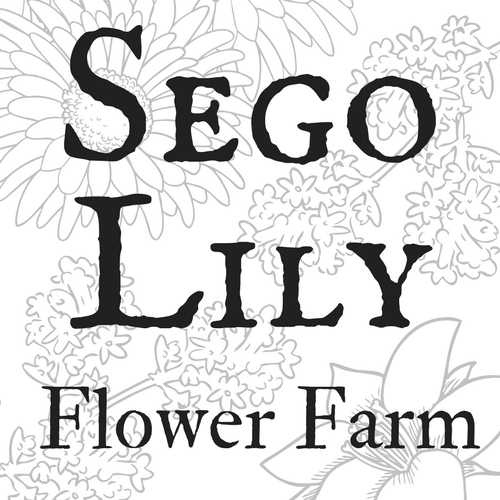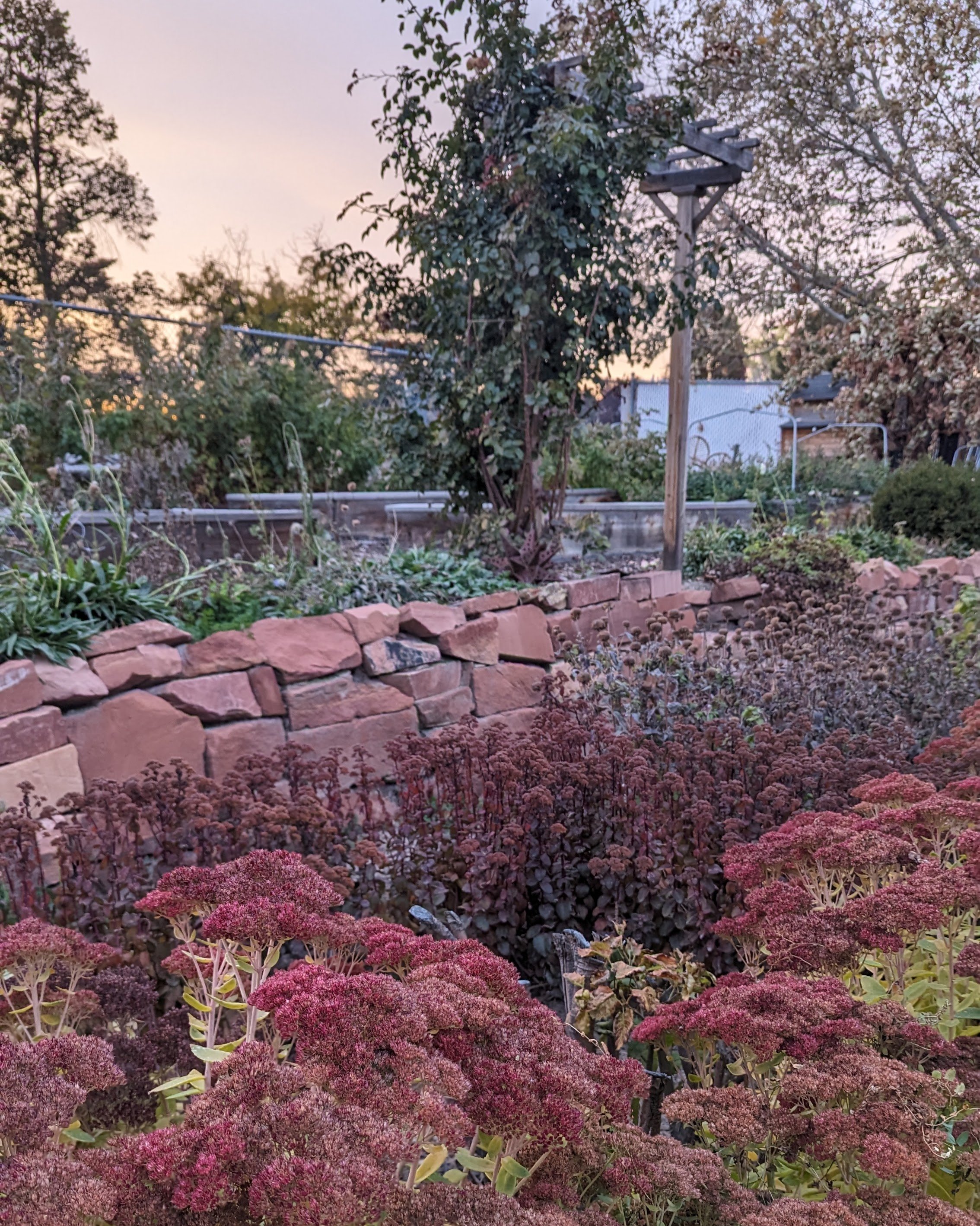We all have them. For some its a bagful, for some its a boxful, for some its even more. I’m talking about seed stashes. All those packets that seduced us from the pages of our favorite seed catalogs during the cold gray months of winter. The new varieties that call to us like sirens, the old favorites that trigger our hoarding instincts… next thing we know we have more seeds than we can grow in our space.
While not the crime of the century, I mean, seeds are relatively cheap, no one wants to waste precious gardening funds. So let’s chat about how to take care of that existing seed stash and how to make the most of your seed budget going forward.
PURGE
Okay, we all know that most seed stashes have a few packets that are a little past their prime. It’s no fun to expend the energy and supplies on starting seeds only to find they are no longer viable. So the first step is to identify which seeds will grow. There are two ways to do this-
Each seed packet should have a date of when it was packed. Plant seeds vary on how long they can be stored. Johnny’s Selected seeds has a fabulous chart on how long each variety can last with proper storage. Toss any packets that are past the ideal time frame. For example, you have a packet of Snapdragons from 2014 and Snapdragons can be stored for 3-5 years. It’s probably best to toss them.
Say you have seeds that were saved from your garden or gifted from another gardener, or maybe have lost their packaging so you may not know just how old they are or maybe they are right on the cusp of the storage guidelines. You can do a germination test by selecting ten seeds, placing them in moistened paper towel, and placing the paper towel inside a plastic bag. Find a warm spot for the bag and let the seeds germinate. If 5 of the 10 germinate you know the rest of the seeds should have about a germination rate of 50%. This means maybe you sow them at double the amount of the seedlings you are hoping for. You can also do this test on packets of seeds that weren’t stored well or at the end of their normal storage range.
During this stage I also like to make a pile of varieties that were interesting at one point but now I have no desire in growing again. These are great to swap with friends or give to a new gardener.
ORGANIZE
This might be my favorite step! There are lots of ways to organize your collection. Here are two of my favorites-
Sort by variety, then type and season, then method of sowing. A couple of examples- all the snapdragons would be together, and then with other cool season flowers that are started indoors. Zucchini would be with other summer squash with warm season annual vegetables that are direct sown. With this system I like to keep my perennials altogether. I also will sort them according to the role they play in bouquets, all the fillers together or all the line flowers, so I can see where my gaps are.
Another way is sort them all according to the date you will be sowing them. This is how we sort the thousands of seeds at Snuck Flowers. That way when it is time to start them I just have to grab one bag and I have them all. As an example we start all the cosmos and marigolds on the same day so they are in a bag together.
































































